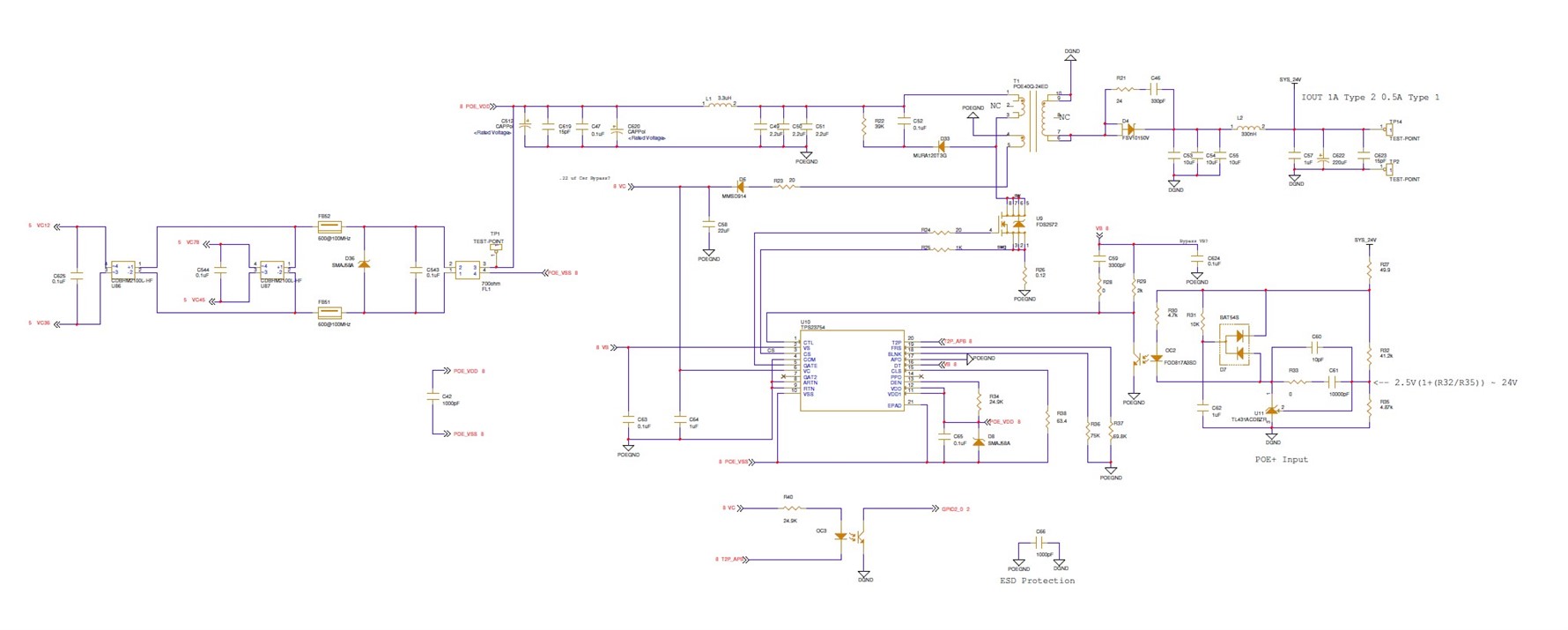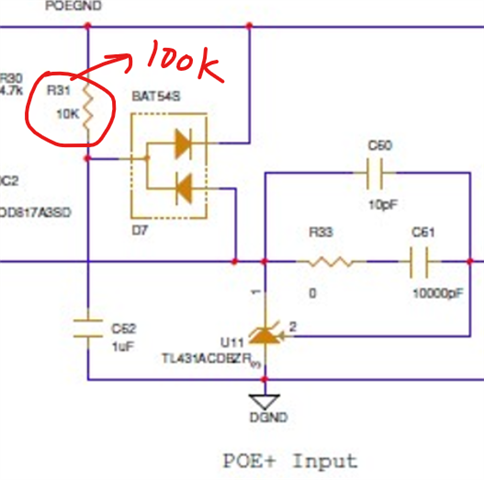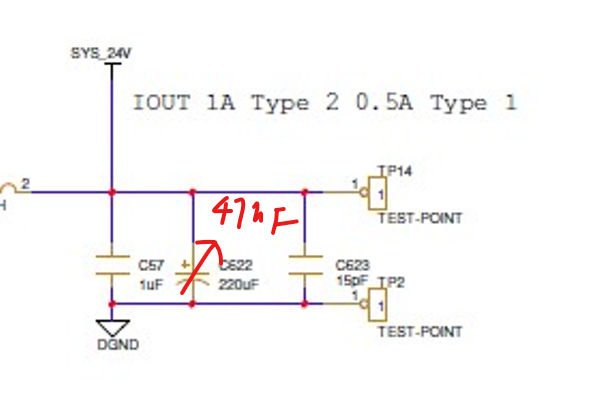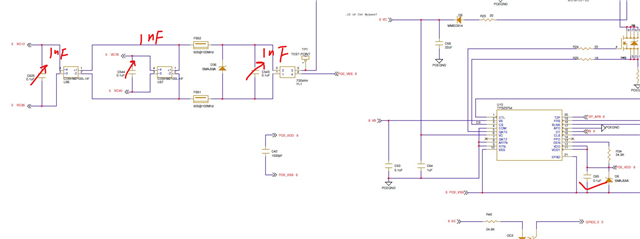Tool/software:
Hi Diang,
I have 10 new pcba from China built with no changes but 4 out of 10 are unstable and hiccup for no reason.
I've changed lots of things and finally replaced two ICs with Digikey Stock TPS23754 parts and the hiccuping went away. The top IC branded 74TG4 ANLJ is the Digikey part.
So far 2 out of 2 replaced ICs and the "hiccup" problem went away. The TI IC was the last thing I suspected.
Please let me know.
Thanks!
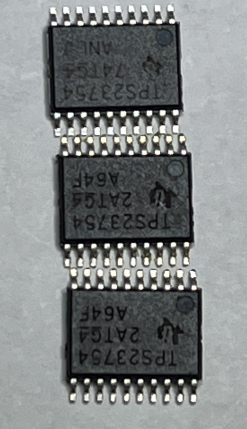



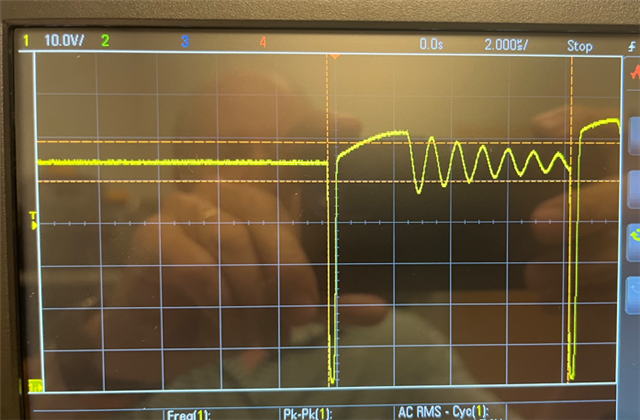 Waveform of FET at xfmr primary with suspect IC.
Waveform of FET at xfmr primary with suspect IC.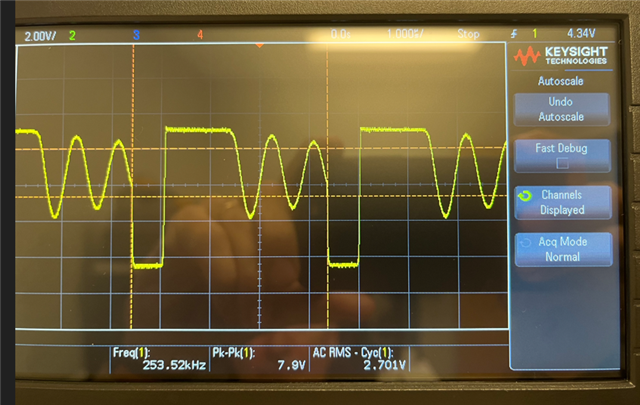 Waveform of FET at xfmr primary with Suspect IC replaced with Digikey, no other changes to pcba components.
Waveform of FET at xfmr primary with Suspect IC replaced with Digikey, no other changes to pcba components.